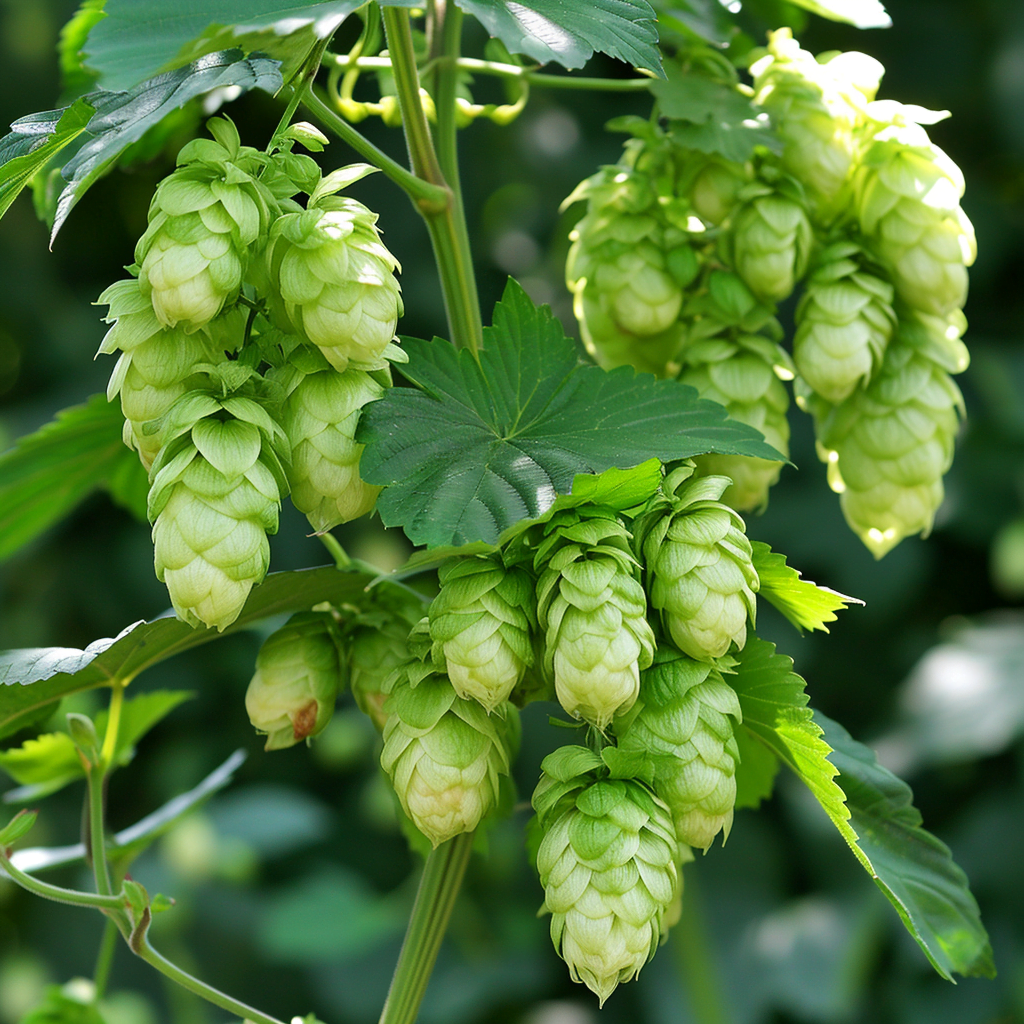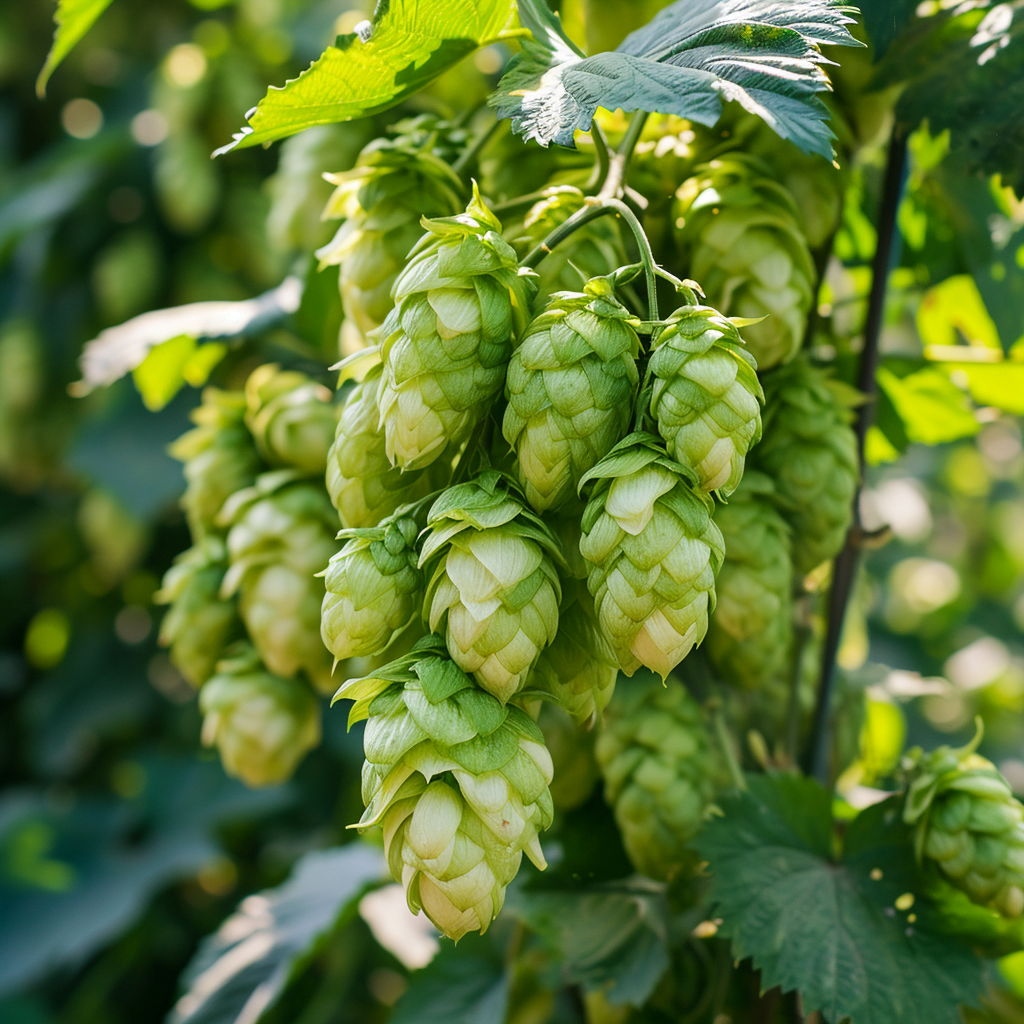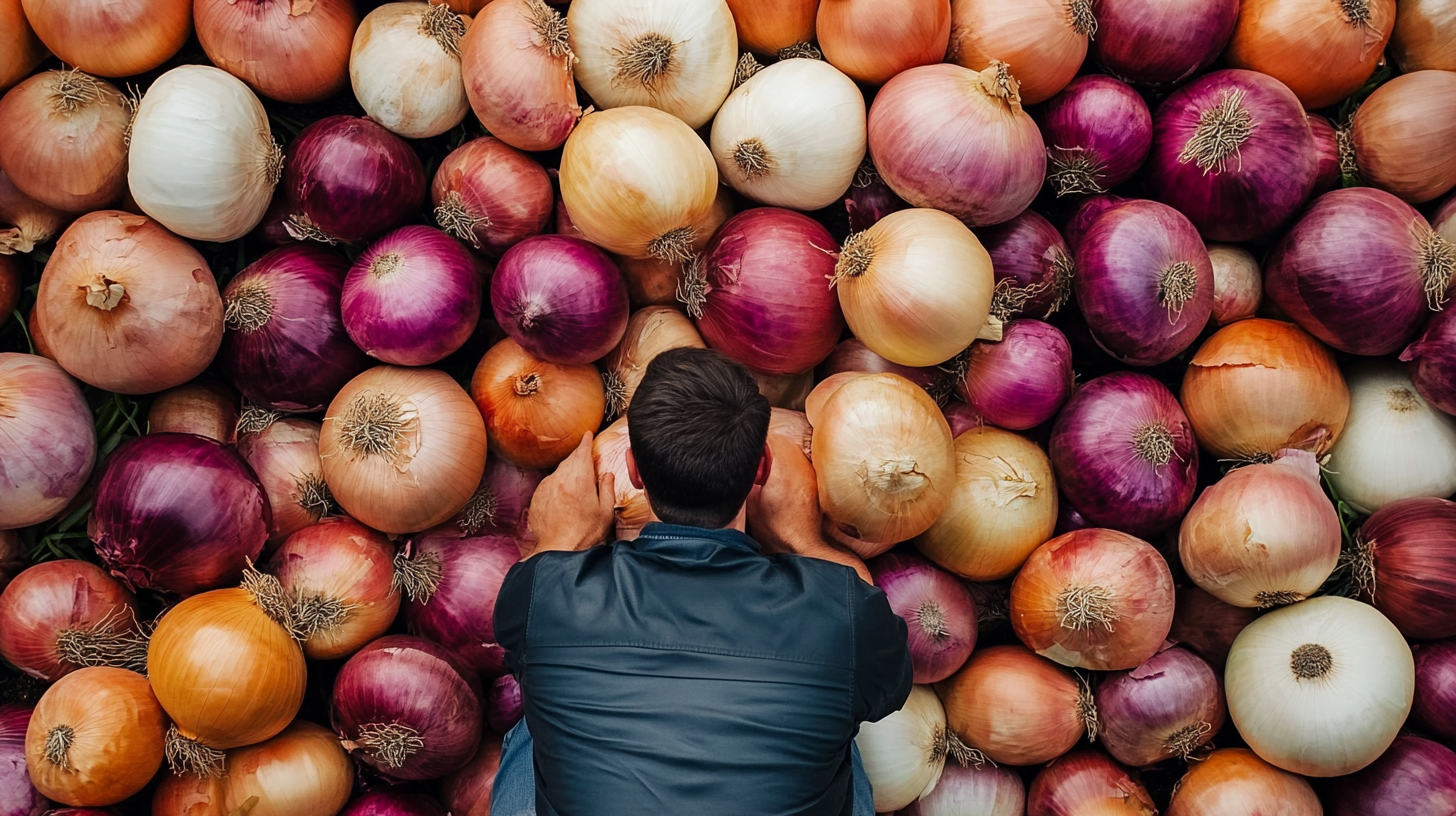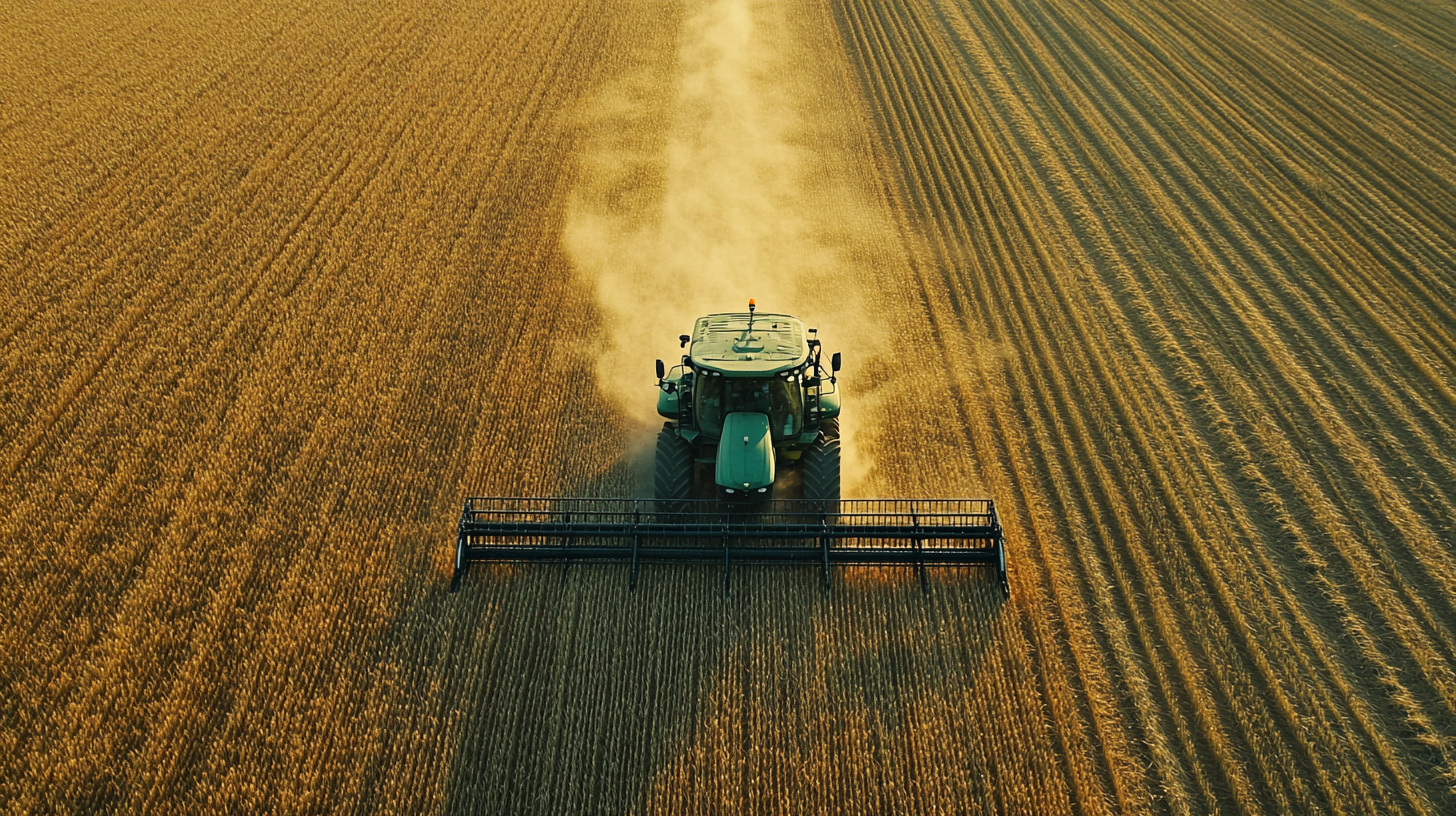Hops are the essential ingredient that add bitterness, flavor and aroma to beer. They contain resinous oils and compounds that provide a complex array of tastes and smells that brewers use to create unique beer recipes. But with commercial hop production scattered across the globe, which country produces the most hops to supply the world’s brewers?
Germany: Hop Cultivation Leader
Germany dominates world hop production, accounting for 31% of total output. The country has a long tradition of hop farming and beer brewing going back centuries. Several factors contribute to Germany’s hop hegemony:
Ideal Climate Conditions
- Warm summer days, cool nights, ample rainfall
- Rich, loamy soil, especially in prime hop growing valleys
- Sunny weather during flowering and harvest seasons
Germany’s temperate climate, characterized by mild summers and moderate winters, is perfect for hop cultivation. Major hop producing regions like Hallertau, Elbe-Saale, and Tettnang benefit from sunny days combined with cool evenings and adequate rainfall. This climate helps hops grow vigorously and produce abundant hop flowers full of essential oils.
Equally important is high-quality soil. Hops prefer deep, loamy soils that hold moisture while still draining well. Soil composition impacts hop nutrition and growth. The best German hop gardens are soils enriched by minerals washed down from the Alps.
Tradition of Beer Brewing
Germany has a storied tradition of beer brewing stretching back over 500 years to the Bavarian Purity Law of 1516. This law permitted only water, barley, hops and yeast for brewing beer. Having ready access to high-quality hops was a key factor in establishing beer as a staple of German culture.
Over centuries, German brewers have perfected hop-forward beer styles like pilsners, Helles, and wheat beers. This creates huge domestic demand for aroma hops like Hallertauer Mittelfrüh and Saaz. Germany both consumes and supplies hops better than any other nation.
Major Hop Growing Regions
Four major areas account for most German hop production:
- Hallertau – Largest contiguous hop planting region in the world at over 14,000 acres. Leading producer of the Hallertau Mittelfrüh hop.
- Elbe-Saale – Second largest German hop region, producing Herkules and other alpha hops.
- Tettnang – Known for fine aroma hops used in lagers and wheat beers. Features Tettnanger and other aroma varieties.
- Spalt – Traditional Spalt and Spalter Select hops originate from this small Franconian region.
These core hop growing zones all leverage Germany’s ideal climate, soil, and generations of hop growing expertise. Their production scales up to meet the demands of German and worldwide brewing.
Innovations in Hop Breeding
Germany not only produces historic hop heirlooms, but also continues developing new varieties:
- Hull Melon – Fruity hop from Hull university released in 2012
- Mandarina Bavaria – Intense tangerine/citrus aroma hop unveiled in 2012
- Huell Melon – Honeydew melon aroma hop introduced in 2018
Government and university hop breeding programs create proprietary German hop cultivars with unique flavor profiles. These innovation programs improve agronomic traits and disease resistance as well.
New German aroma hop varieties only increase global demand for the country’s hops based on quality and uniqueness.
United States: #2 in Hop Production
Ranking second among hop producing nations is the United States, which accounts for approximately 17% of total world production. America’s west coast contains optimal hop growing conditions. The three key hop producing states are:
- Washington – Produces 74% of U.S. hops, predominantly from the Yakima Valley
- Oregon – Substantial output from the Willamette Valley south of Portland
- Idaho – Smaller production but known for hop varieties like Nugget
Washington’s Yakima Valley dominates American hop farming, supported by sunny dry summers, cool nights, and access to irrigation from mountain runoff. The Yakima region alone grows over 75% of U.S. hops, centered near the Yakima and Bumping rivers.
Key facts about Washington hop production:
- 75% of total U.S. hop acreage
- 69% of U.S hop yield by weight
- Major varieties: Cascade, Citra, Chinook, Simcoe, Mosaic
Cascade and Citra hops originated from Washington State University’s breeding program. They impart citrusy flavor and aromas that define many American craft beers.
Oregon ranks second behind Washington in hop production:
- Produces 16% of U.S. hop acreage
- Accounts for 18% of U.S. hop yield
- Leading producer of Willamette, the signature hop of the West Coast.
Idaho has ideal growing conditions as well, though lower overall yields:
- Third in U.S. hop acreage at 5%
- Fourth in hop yield, producing 7% of U.S. total
- Known for Nugget, Comet and other high alpha acid hops
American Hop Variety Innovation
In addition to yielding 17% of total world hops, America contributes immensely through new hop variety development. Breeding programs by:
- U.S. Department of Agriculture
- Washington State University
- Oregon State University
- Private hop suppliers
…have introduced over 30 proprietary American hop cultivars. These include Citra, Simcoe, Mosaic, Eureka, Azacca, and many more. Such hops provide aromas and flavors like grapefruit, pine, mango, and stone fruit.
The bold hoppy taste of American craft beers depends on continual innovation in breeding neue hop varieties. Germany may dominate hop volume, but America leads hop diversity.
China: Fast Growing Hop Producer
China has risen rapidly up the ranks of hop producing countries, now furnishing around 6,000 metric tons of hops per year. This represents approximately 4.5% of total world hop production.
Though China has brewed beer for thousands of years, domestic craft brewing has blossomed in recent decades. To supply this expanding beer industry, China has planted more acres with fast-growing hop varieties.
Major Chinese hop growing regions include:
- Yunnan Province – In far southwest China, producing Columbus, Nugget and other hops.
- Hebei Province – Northern region better suited for Saaz aroma hops.
- Sichuan Province – Central region focused on bittering hops like Magnum and Perle.
China’s government supports hop agriculture through breeding programs and cultivation research. Some key facts about Chinese hops:
- Hop acreage increased from 1,533 acres in 1996 to over 25,000 acres as of 2018.
- Hop imports supplement domestic production. China imports 20-30% of its hops from Germany and the United States.
- Bittering hops like Magnum and Nugget dominate, but more aroma hops emerging.
While China’s hops are mostly for internal consumption, Chinese hops are starting to appear in American and European craft beers seeking exotic ingredients.

Poland – Major EU Hop Supplier
Poland takes 4th place among hop producing nations with around 3,000 metric tons per year – equal to 2.3% of total world production.
Poland’s hop farming heritage dates back over 1000 years. The country was Europe’s largest hop producer until the 18th century before Germany became dominant. Key facts:
- Primary hop growing region is around Zielona Góra in southwest Poland. Also some production around Lublin and Bialystok.
- Leading hop variety is Lubelski, a mild aroma hop. Also Marynka and other local hops.
- Post-harvest processing is very modern – one of the most automated worldwide.
Poland supplies hops both for its own traditional beer styles and broader EU markets. Polish hops are valued for their mild, neutral bitterness and aroma.
Czech Republic: Home of Šaaz Hops
The Czech Republic produces approximately 2,500 metric tons of hops per year, making up 1.9% of total world hop output. The famous Šaaz hop accounts for about 85% of Czech production.
Czech hop farming history stretches back over 1,100 years. The Žatec hop growing region dates to the 9th century. Key facts:
- Šaaz hops have a mild, spicy, earthy aroma valued in pilsners. Named for the Czech city of Žatec.
- Czech hops also include Premiant, Sládek, and local varieties like Bohemie and Harmonie.
- Major growing areas are around Žatec and Tršnice.
In addition to bitterness, Šaaz hops provide the signature aroma of Czech pilsners.
Other Notable Hop Producing Countries
While Germany, the U.S., China, Poland and the Czech Republic are the top five hop producers worldwide, several other countries also contribute:
Ukraine
- Ukraine produces around 1,800 metric tons of hops per year.
- Major growing region is around Zhytomyr north of Kiev.
- Leading hop varieties are Slavyansky and Zurkanin.
- Ukraine exports hops to Russia, Poland, Germany and Baltic countries.
Spain
- Spain produces approximately 1,500 metric tons annually.
- Production centered in Leon province northwest of Madrid.
- Local hop varieties like Nugget, Columbus, and Brewers Gold.
- Supplies domestic beer industry and exports within the EU.
United Kingdom
- UK produces about 1,500 metric tons of hops per year.
- Historic hop growing regions are Kent, Herefordshire, and Worcestershire.
- Heavily focused on aroma hops like Fuggles, Progress, and Jester.
- Supplies local craft breweries.
Slovenia
- Slovenia produces around 450 metric tons annually.
- Styrian Golding hop accounts for most production. Earthy, herbal aroma.
- Cool climate and granite soils ideal for hops.
- Exports mostly to Austria, Italy, Croatia.
Future Outlook for Hop Production
Looking ahead, what trends may affect future hop production worldwide?
Craft Beer Demand Driving Growth
- Craft beer popularity increasing globally
- More brewers experimenting with hop varieties
- Demand for aroma, flavor, bittering hops all increasing
- Hop usage increasing with brewing innovations like dry hopping
As the craft beer revolution spreads, demand for quality hops of all types will likely expand. This should spur production growth in major hop exporting countries.
Changing Climate Concerns
- Climate change altering temperatures, rainfall
- Drought risks and weather variability
- Potential impacts on delicate hop plants
- Growers adjusting sites and growing practices
Hop cultivation depends on consistent temperatures, sunlight and water. Shifting climate patterns present production risks that producers must monitor and adapt to.
Production Challenges
- Perennial nature makes hops vulnerable to diseases and pests
- Must contend with downy and powdery mildew, spider mites
- Expensive to establish trellis infrastructure
- Time lag from planting to full yields
Hop growing requires significant long-term investments. Growers must implement rigorous integrated pest management and use disease-resistant varieties.
Hop Breeding Innovations
- New cultivars offer different aromas, flavors, disease resistance
- Proprietary varieties from corporate and public breeding programs
- Craft brewers seeking unique hop traits and backstories
Continual releases of new hop varieties provide tools for growers and recipes for brewers. Breeding innovation ensures market growth.
Hop Supply Chain Modernization
- Improved post-harvest drying, processing, and storage
- pelletization allows more stable preserved hops
- cold storage and specialized containers enable extended hop life
Advances in hop processing and packaging help retain nuanced hop aromas and flavors. This benefits both producers and brewers.
Germany and U.S. Poised to Maintain Dominance
Given the current production landscape, Germany and the United States appear likely to continue as the #1 and #2 hop producing countries globally. Their advanced production capabilities and hop breeding expertise provide significant advantages.
However, changing consumer tastes and climate conditions make the future hop market hard to predict precisely. Craft beer trends could catapult experimental aroma hops to prominence. Disease or severe weather might impact crop yields. But no matter what changes occur in the coming decades, hops will remain an essential ingredient in quality beer.
The future remains bright for the flowers that brewers have relied on for centuries. Countries like Germany and the U.S. will continue leveraging generations of hop growing wisdom while pioneering new varieties. They provide an abundance of hops to impart bitterness, flavor and aroma to the beers we enjoy worldwide.
Conclusion: Germany and U.S. Lead the Global Hop Market
When it comes to worldwide production of hops – those pungent flowers that add bitterness, flavor, and aroma to beer – Germany and the United States stand ahead of the pack.
Germany dominates global hop output, producing over 31% of total hops worldwide. Ideal climate conditions, centuries of cultivation expertise, and strong domestic demand cement Germany’s position as the premier hop grower. Major regions like Hallertau churn out thousands of tons annually of prized hops like Hallertauer Mittelfrüh and Spalter Select.
The United States follows in second place, accounting for around 17% of international hop production. Washington, Oregon, and Idaho provide almost all American hops, led by the prolific Yakima Valley. In addition to bittering hop workhorses like Cluster and Columbus, American breeding programs have introduced immensely popular aroma hops like Citra, Mosaic, and Simcoe. The bold hop flavors of American craft beers depend on U.S. hop innovation.
While China, Poland, Czech Republic and other countries contribute as well, Germany and the United States dominate the global hop trade. Established growing regions and continual new variety development ensure their primacy in the international hop market. As long as beer drinkers crave the unique tastes and aromas imparted by hops, these two nations will continue driving hop agricultural output and innovation.
Their mastery of hop cultivation translates to full pint glasses around the world. Proost and cheers to the brewing industry’s two essential hop providers!



